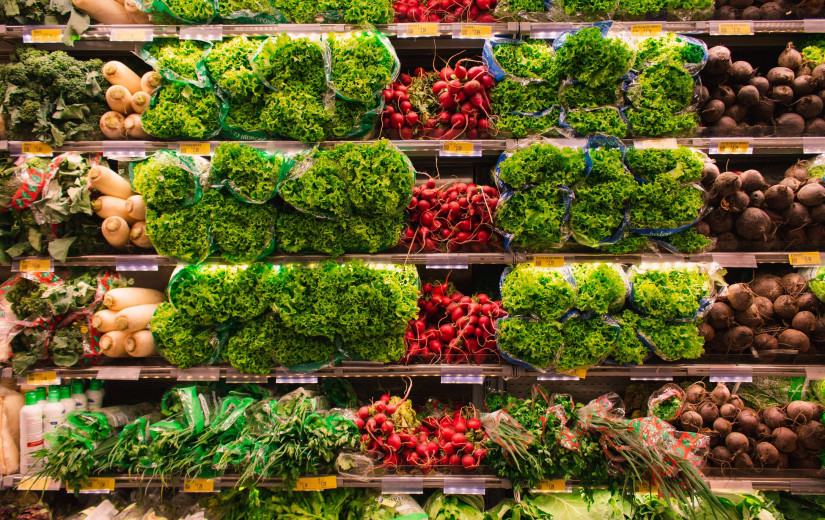Think Coronavirus is Just Like the Flu? You Might Need to Think Again
As protesters continue to take to the streets to speak out against the ongoing economic shutdown measures as a result of the COVID-19 pandemic, one of the common arguments is that the coronavirus is comparable to the flu. However, health experts and government officials stress that the novel virus is quite different from the general influenza strain for many reasons. Here are six things that make the coronavirus much more serious than the regular seasonal flu.
COVID-19 Kills at a Faster Rate
According to the US Centers for Disease Control and Prevention (CDC), the seasonal flu killed approximately 25,000 to 60,000 people during the latest flu season. So far, the coronavirus has taken the lives of over 62,000 people in just a few short months. The current projections estimate COVID-19 to be far deadlier than the flu. In addition, COVID-19 is more likely to kill people in younger populations.
COVID-19 Less Seasonal Than Flu
One of the reasons why COVID-19 spreads at a faster fate is that it does not appear to be seasonal. Influenza is generally only a problem beginning in late fall and continuing through the early spring. Warm weather tends to kill the virus, negating its spread during the summer. However, reports out of the Southern Hemisphere indicate that the virus is still spreading despite warm weather conditions. While health experts still believe the spread will slow down some in the coming months, it will not disappear like the flu.
COVID-19 Much More Contagious
COVID-19 exploded so quickly because of its high rate of contagion. While most influenza strains infect an average of 1.25 people per sick individual, the rate of spread for the coronavirus is between two and three people. This higher level of spread may not seem significant when thinking of just a handful of people, however, it quickly becomes exponential spread when enough people are infected. Many experts also believe that COVID-19 germs may linger on surfaces longer than the flu, expediting the spread and infecting more people.
COVID-19 Can Be Spread While Asymptomatic
The typical flu strain has a relatively short incubation phase. This means that people begin feeling sick only one to four days after exposure. This short incubation phase translates to people staying home shortly after they are infected. However, the coronavirus has a longer incubation period, averaging up to 14 days between exposure and onset of symptoms. This means that there are many asymptomatic people inadvertently spreading the virus because they do not feel ill. Because a COVID-19 positive person is infectious for 48-72 hours prior to experiencing symptoms, it is easy to see how the virus can quickly spread throughout communities. Some people with the virus may not ever show any symptoms yet still infect others as they go about their daily routines.
COVID-19 Has No Proven Antiviral Treatment
Patients diagnosed with influenza have the benefit of choosing to treat the virus with antiviral medications. There are a handful of antiviral medications that have proven to be effective at reducing and shortening the occurrence of flu symptoms. Unfortunately, there are no proven treatments for COVID-19. While there are various treatments that have been considered and tested, there has not been official approval of any drugs to treat this deadly virus.
COVID-19 Has No Vaccine Yet
Lastly, there is no vaccine available for COVID-19. While people can easily get a flu vaccine at the start of each influenza season, this is not yet an option for COVID-19. Because it is a novel virus, there is also no herd immunity to help contain the spread. This means that everyone is potentially at risk of contracting the virus. Despite the rapid advancements currently happening in the development of a COVID-19 vaccine, health officials caution that it will be at least one year before it is ready to roll out to the public.
While there are definite similarities between typical influenza and COVID-19, there are also significant differences that make the coronavirus a greater overall threat to the majority of the population. Understanding these differences will help you to make informed decisions about how to best protect yourself from this virus moving forward.

















